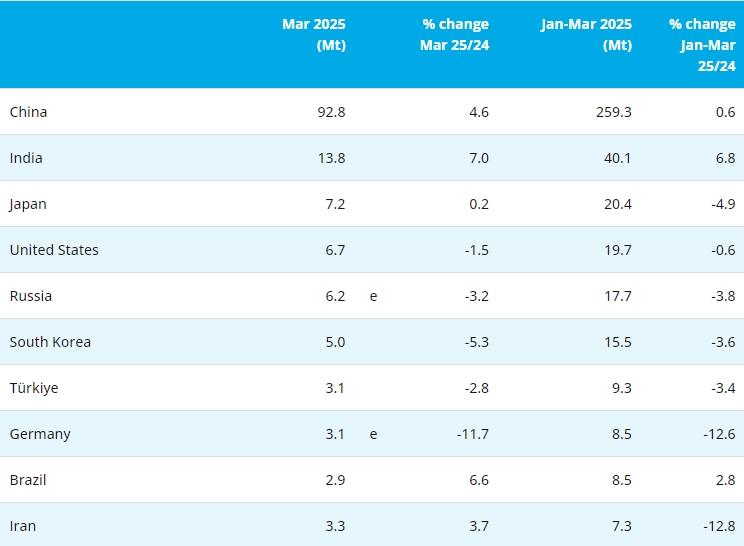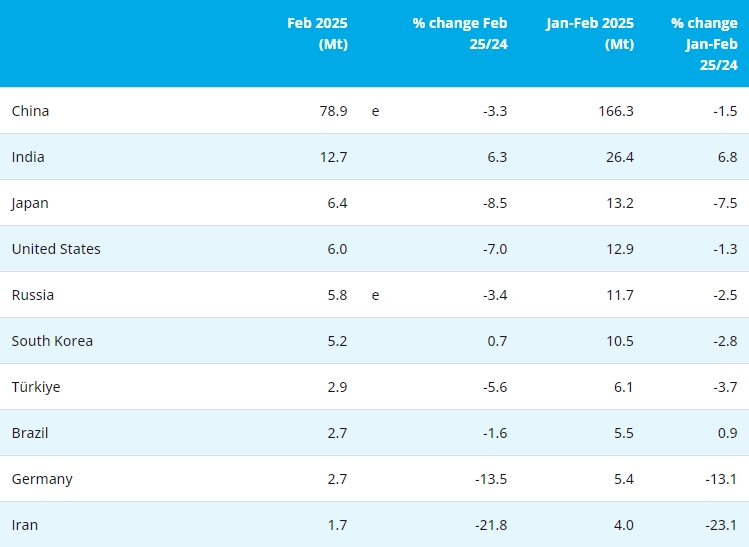Based on its revised, weaker global growth expectations for 2016, softening demand, the strength of the dollar and continued uncertainty surrounding metal demand in China, Moody’s Investor Service expects base metals prices to remain under pressure to the downside, warning that an impending downturn is likely to be “deeper and longer”. “We have lowered our price sensitivities for base metals to reflect the steep decline recently seen to lows commensurate with or below 2009 levels. “Improvement from current trading levels is viewed as unlikely over the next several quarters, [unless we see] meaningful production cuts,” the group said this week. Elaborating on its commodity price assumptions, Moody’s put the 2016 base price of gold at $1 100/oz, metallurgical coal at $80/t, thermal coal at $55/t, aluminium at $0.70/lb, copper at $2.15/lb, nickel at $3.80/lb, iron-ore at $40/t and zinc at $0.75/lb. Base metals prices continued to be driven down by uncertainty over global growth, with the latest leg-down over the past month having pushed zinc to a 12-year low and other metals to levels approaching those last seen during the 2008/9 financial crisis. Copper and nickel prices were particularly hard hit in November, falling roughly 8% and almost 11%, respectively, from October averages – a material month-on-month decline. Metallurgical coal and iron-ore prices showed similar sharp declines, with continued slower growth in Chinese steel production and year-on-year declines expected. Further net increases in iron-ore supply from major producers Rio Tinto and Vale and the start-up of Hancock Prospecting’s 70%-owned Roy Hill mine would also keep pressure on iron-ore, Moody’s warned. The company added that China’s slowing gross domestic product (GDP) growth rate, coupled with a shift towards a consumer-driven economy, remained a primary burden on metal prices. “China accounts for about half of global base metals consumption and is a major producer of aluminum and copper, in particular. “As a result, its growth rate, export and import levels, and infrastructure investment are important drivers of metal demand. China’s purchasing manager's index has hovered below 50 for the past several months, indicating a contraction in manufacturing activity. Our GDP growth forecasts for China are 6.3% for 2016 and 6.1% in 2017,” read the report. Global economic activity was, meanwhile, expected to remain weak in many other key regions, with Brazil’s third-quarter GDP contracting 4.5% year-on-year. In the US, the PMI had been steadily declining over the past year and fell below 50 for the first time since May 2013, while European GDP growth and industrial production, although showing positive trends, remained tepid. Moody’s added that another factor driving metal price decreases was the strength of the dollar. “Since the base metals market is largely a dollar-traded market, prices have increased on a relative basis in many local currencies. The stronger dollar has also driven down the industry cost curve for nondollar-cost-denominated producers, enabling these producers to evidence better profits, despite the price declines. “Consequently, high-cost capacity that would normally exit the market in a downturn is slower to exit, exacerbating oversupply conditions,” it held. Moody’s expected industrywide operating performance and leverage metrics to deteriorate further in 2016, adding that it was unlikely that the downward movement in the cost curve would continue at the same pace, notwithstanding the further recent fall in prices. However, price stabilisation on announced production cuts and expectations for further volume reductions as higher cost producers exited, supported the longer-term view. “We anticipate some improvement in 2017, based on a more balanced supply and demand position, particularly in copper, and improving global economic fundamentals,” it concluded.
- [Editor:Juan]



 Save
Save Print
Print Daily News
Daily News Research
Research Magazine
Magazine Company Database
Company Database Customized Database
Customized Database Conferences
Conferences Advertisement
Advertisement Trade
Trade














 Online inquiry
Online inquiry Contact
Contact

Tell Us What You Think